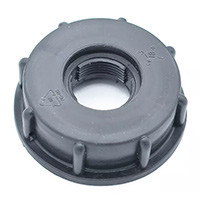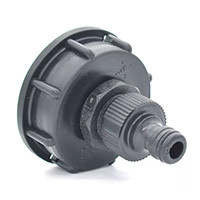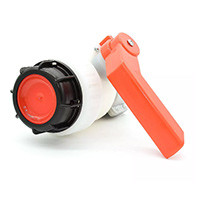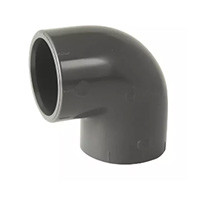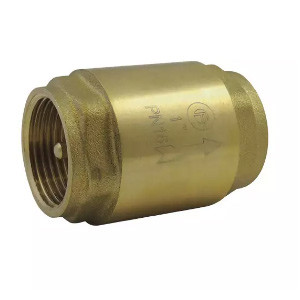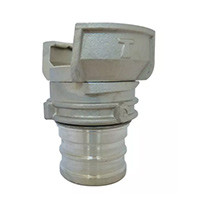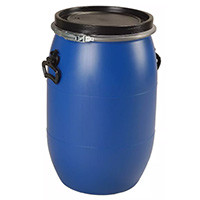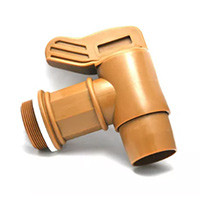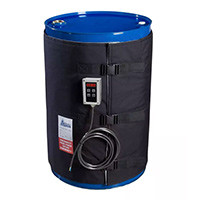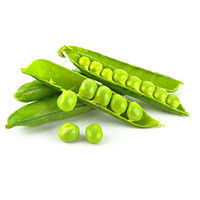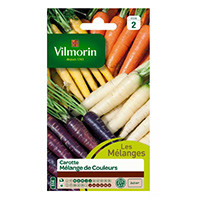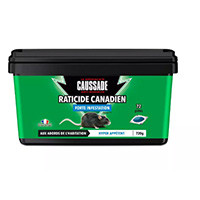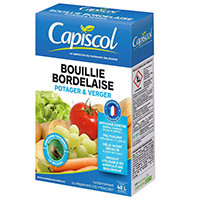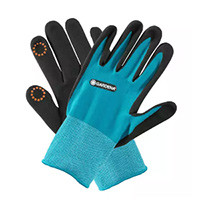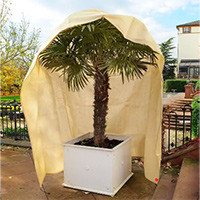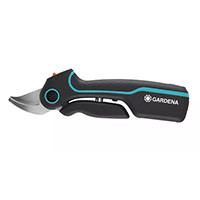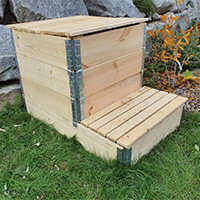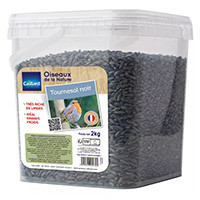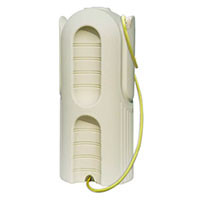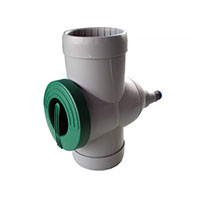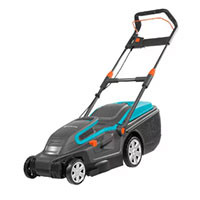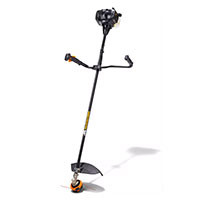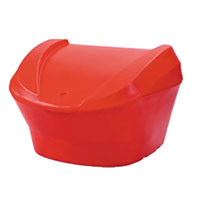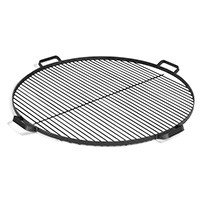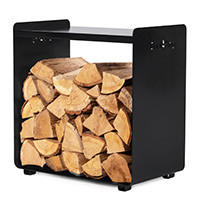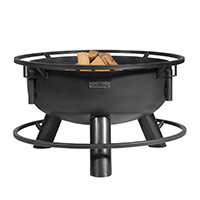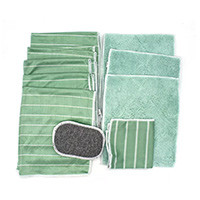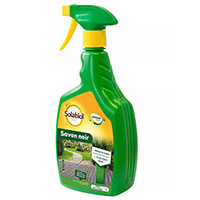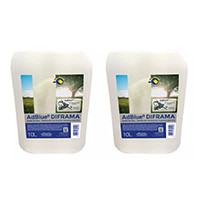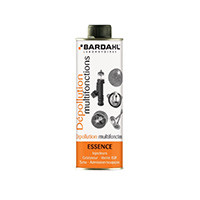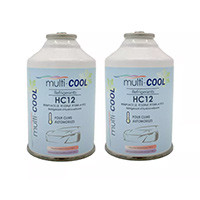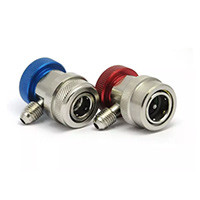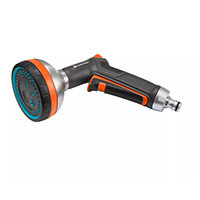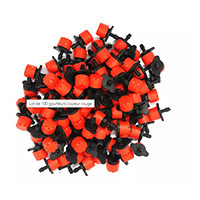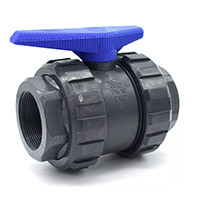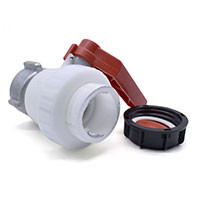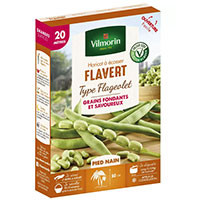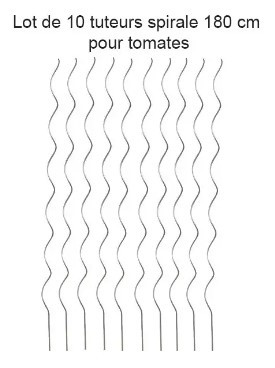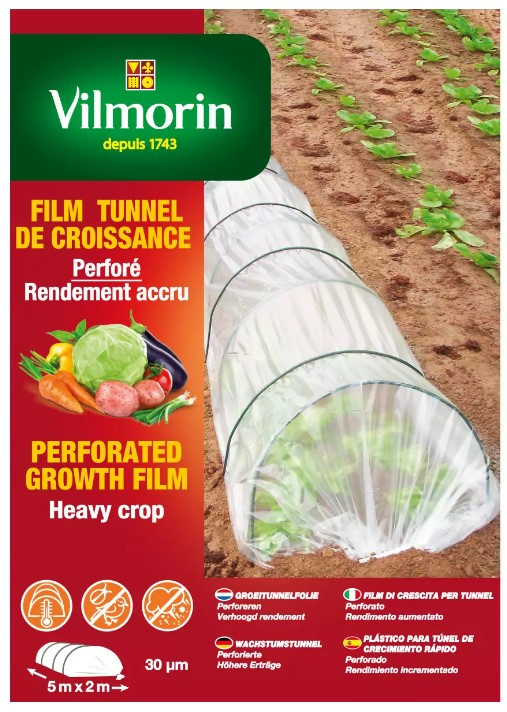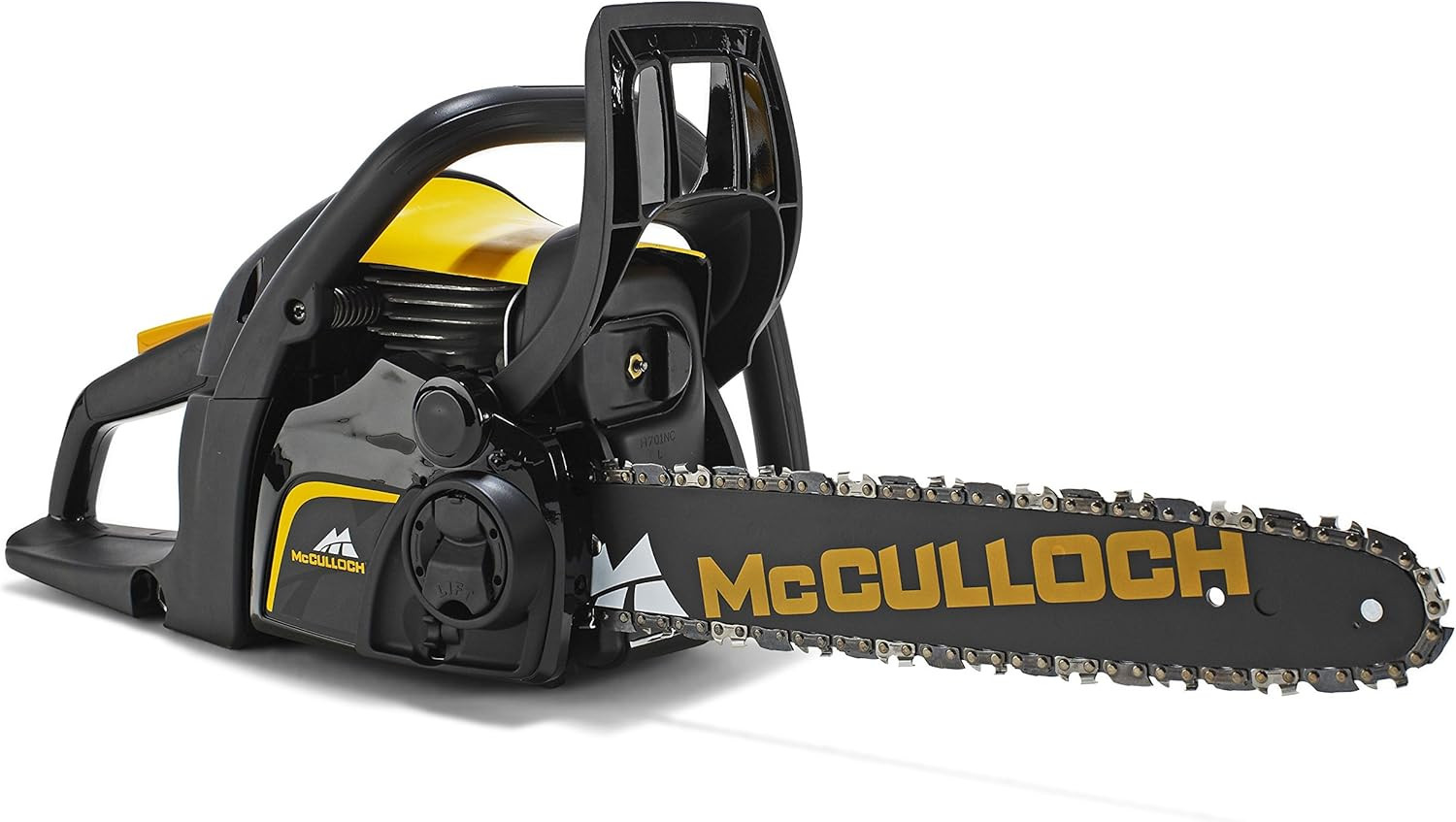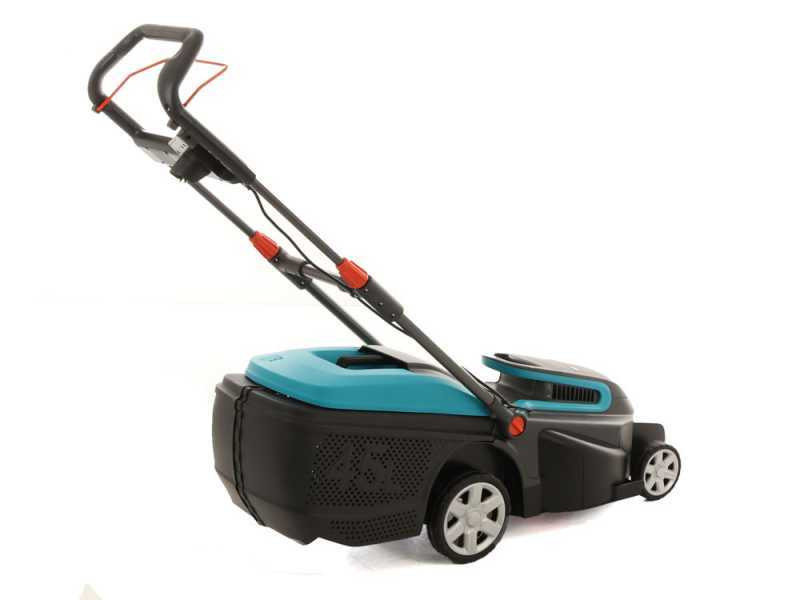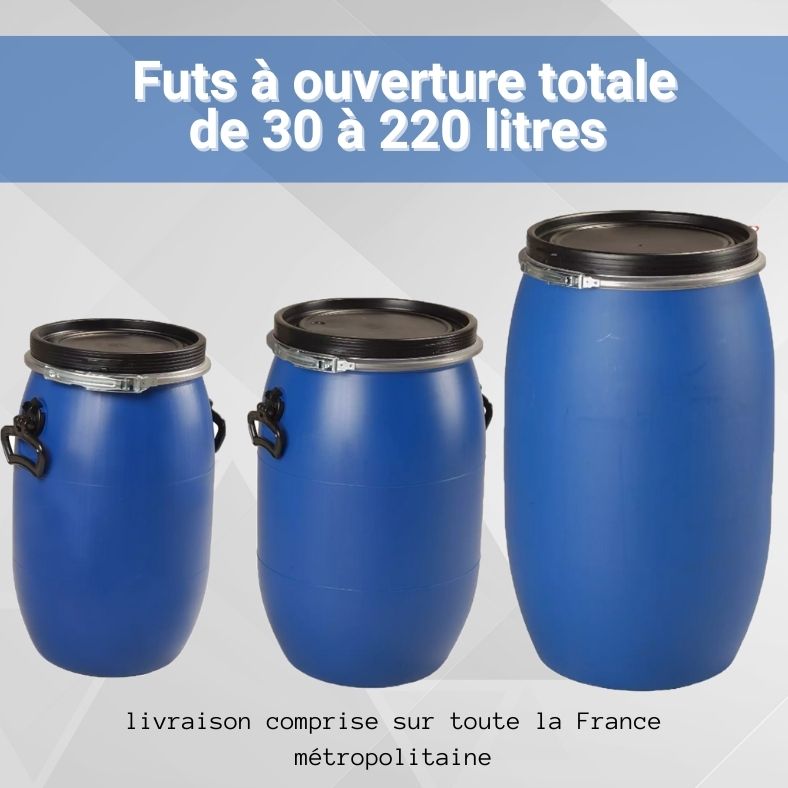What to do in the vegetable garden in August?
Maintaining your vegetable garden is the business of a whole year. Check out below a short list of tasks to do to pamper this last one in August.
Harvest the delicious summer vegetables
The good thing about gardening in August is that this is the time when you can finally start tasting the vegetables that have been cared for so much since the winter, from seedlings to plantations.
We harvest this way, as long as we see that they are quite ripe (usually towards the end of August):) :
- Fruit vegetables,such as tomatoes, cucumbers, peppers, pickles, zucchini and eggplant. Be careful to pick zucchini and eggplant when they are still young, so as to fully enjoy their taste and, in the case of eggplants, to prevent them from becoming bitter;
- Aromatic herbs such as sage, parsley, chives, savory or thyme, especially if you want to dry or freeze them so you can use them in your dishes throughout the winter;
- Summer carrots and turnips if you sowed them in June;
- Summer leeks if they were sown in April;
- Broccoli when it is about to bloom (must be harvested BEFORE they bloom!);
- Spinach,which can be replaced with new seedlings to grow winter spinach; ;
- The radishes,which grow throughout the summer and are ready to be tasted a little overamonth after being sown;
- Green beans and dishes as well as peas, whose harvest will allow a renewal of flowers, etc.
In short, you will understand: you will have to harvest all the vegetables that have matured, depending on the level of sunshine thatcharacterizes your region of residence, but also the period at which you have chosen to sow them.
Suffice to say that it's time to make canned ratatouille and tomato sauce, but also to set aside seeds for next year'splantings.
Picking the last potatoes
If the harvest of new potatoes starts in April/May and ends at the end of July, the preservative potatoes (late, such as Pompadour or Roseval) wait for August..
It is estimated that they should be removed between 100 and 120 days after planting, and planting is usually done between March and April.
Once harvested, let them dry in the sun for a few hours, taking advantage of this drying time to get rid of the diseased tubers.
Be careful not to damage them if you harvest by first working the soil at the fork. If you store them with healthy tubers, the whole stock is at risk of being contaminated... And you can say goodbye to your potatoes in a field dress for the coming months!
Pinch the vegetables that need it
These are small gestures that have important consequences: pinching/cutting eggplants, peppers and tomatoes, peppers... who have not yet matured can increase their yield.
The operation consists on the one hand of increasing the number of fruits by rowing the main stems; and, on the other hand, to promote the appearance of large fruits (tomatoes, peppers, peppers, etc.) by removing secondary stems,soas to reserve nutrients to the main stems.
It is called "pinching" because this is usually done by placing the stem between its thumb and index finger and pinching, but it can also be done with a knife..
By doing this after harvesting, you will make sure to grow the largest fruits at maturity.
Fighting drought by watering
If August is the month of harvest, it is also the month of rising temperatures and drought,which threatens the plants of the vegetable garden.
To keep a vegetable garden healthy and allow fruit vegetables that you have not yet harvested to continue to ripen, you will need to water..
Do it copiously at the foot of the plants once a day, at times when temperatures drop (morning or evening) to avoid evaporation.
If you're going on vacation and don't want to risk losing the fruits of your work, consider installing a sprinkler system such as a perforated/micro-porous hose, which works in drip and can be equipped with a programming kit.
Sow some winter vegetables
Just because we traditionally talk about harvesting does not mean that August is not a good month for sowing..
This will be the ideal time to sow mash, white onions, spinach and winter radishes, or some varieties of cabbage,such as Bremen or Milanese cabbage.
In short, in addition to the work in the vegetable garden itself, you will have a lot of work to do to anticipate winter plantations... Just get started!
Find all the tools and equipment needed to maintain your vegetable garden on Multitanks.com! Please contact us for more information about our products or personalised advice.

